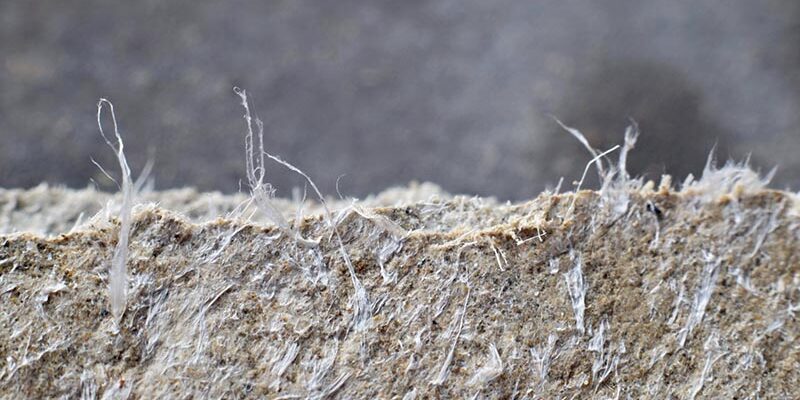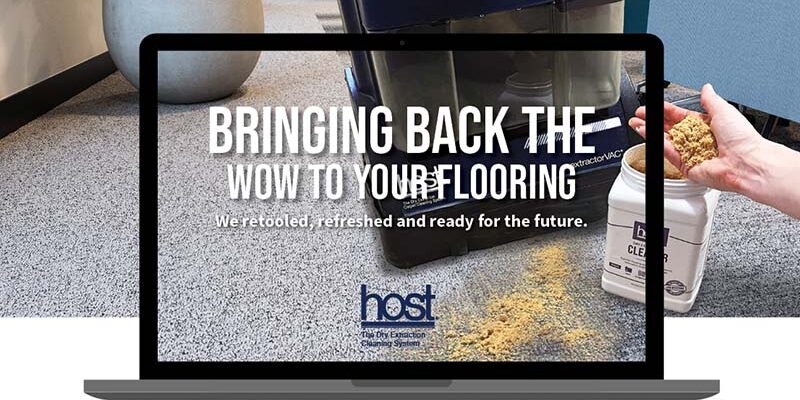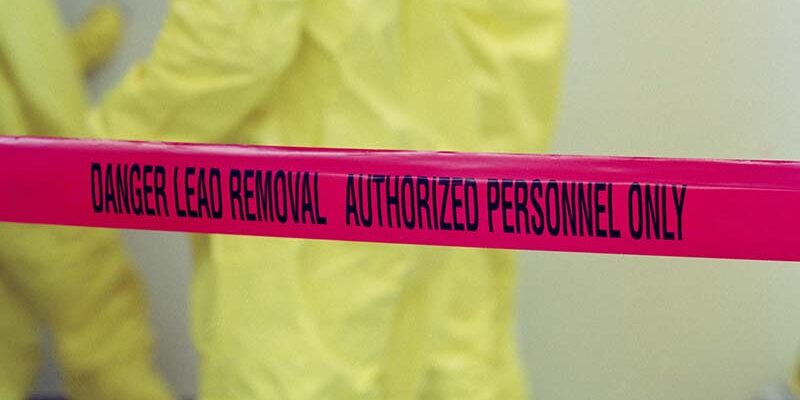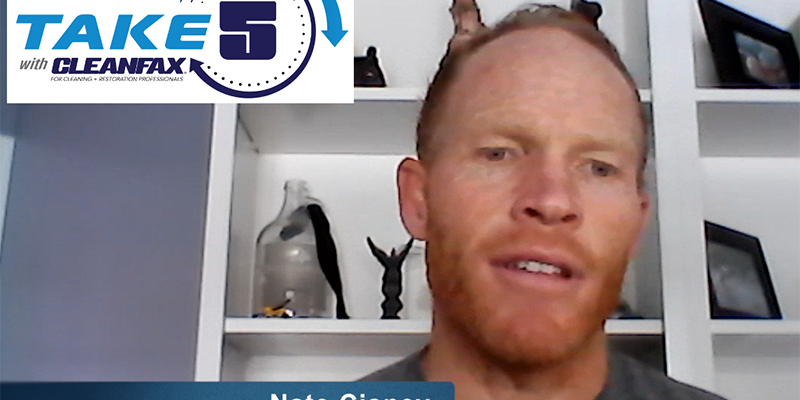Contents Offers a New Dawn for IICRC Certification

By Jessika James
In any profession, the purpose of certification is to demonstrate a commitment to professionalism, uphold industry standards, and encourage continued learning. New certifications are developed to meet an industry need to prepare employees with skills that employers and customers want.
The Institute of Inspection, Cleaning, and Restoration Certification (IICRC) noticed a need for more contents recovery education. While the Fire and Smoke Damage Restoration Technician (FSRT) and Trauma and Crime Scene Technician (TCST) certifications include teaching segments related to contents recovery, these certifications’ primary focus is technical education and structural restoration practices; the overall course subject matter is not dedicated to the recovery, processing, and restoration of personal property. Many restoration contractors, insurance companies and affiliates, and industry-related professionals realized this was a much-needed area of education. In response, the IICRC released the new Contents Processing Technician (CPT) Certification last January.
Importance of certifications
Certifications protect the public and assure both employers and professional peers a technician can competently practice in the field. They establish a minimum level of knowledge and achievement recognized by a third party, such as the IICRC, and set a baseline for the industry. Certification attainment does not depend on the size of the business, so it creates an even playing field for all course attendees. Further, experience and years of service can only go so far; certifications are an essential part of any business strategy for growth and professionalism in a given field.
In the past 10–15 years, insurance companies have started to conceptualize the replacement values of personal property and are demanding more professional contents recovery and restoration services. As a result, knowledgeable technicians who specialize in inspecting, inventorying, packing, and restoring personal property are in high demand.
Evolution of the Contents Processing Technician Certification
Recognizing the gap in the industry’s existing courses and formal training platforms for contents recovery, several years ago, the IICRC Board of Directors empowered a task force to research the need, create a course mission statement, and outline a course program description. The task force included experienced, well-known subject-matter experts and industry associates. These volunteers care about the industry, education, and upholding standards. “Creating a new certification course for the IICRC is a monumental task,” says James Tole, task force leader and vice chair of the CPT Technical Advisory Committee. “Finding leadership and a variety of experts that represent different areas of knowledge and experiences in this highly specialized field is no easy job.”
The task force used research and the subject-matter experts’ knowledge to create the mission statement and outline for the course, and it determined that the CPT Certification would cover the best practices of contents processing based on available technology and resources. Topics were to include the restoration of contents subjected to various contamination sources and inspection, inventorying, wrapping, packing, transport, cleaning science, deodorizing, post-cleaning evaluation, storage, and pack-back principles (chain of custody). The task force submitted its new course proposal to the IICRC Board of Directors for approval, and it was accepted.
In 2018, the official CPT Technical Advisory Committee—the team that oversees the certification development—was finalized and ready to work. I was asked to lead the committee as chair with Tole as vice chair, and we were joined by six highly regarded committee members: Rudy Alford, Mark Drury, Kim Kelley, Josh Miller, Ken Sellers, and Jason Twigg. These committee members came from a wide variety of backgrounds and regions throughout the world. This diversity is extremely important when developing a certification because the program should represent all stakeholders in the industry.
The CPT Technical Advisory Committee used the course proposal mission statement and the outline approved by the Board of Directors to develop the details of the course. With the framework established, it was time for the committee to develop the depth of what would be involved in IICRC’s CPT Certification. The Technical Advisory Committee was responsible for developing a course syllabus, determining hands-on requirements, reaching consensus on the most important teaching objectives, and writing exam items to test the students’ knowledge and establish their understanding of the subject matter.
The committee met once a week for several hours to determine and debate the correct materials for this certification. “The valuable teaching points are based on a consensus viewpoint—and not all views may agree. This creates healthy discussion among the committee members, which is then supported by research and science-based data,” Twigg explains, “and with so many subject-matter experts discussing the topic, the team had some very long conversations!”
The end product
The CPT Certification course includes many essential subjects that will be the foundation of technical education for workers, lead technicians, project managers, and insurance personnel. Included are valuable lessons on health and safety; inspection techniques; documentation and inventory processes; pack-out, storage, and pack-back procedures; and of course, the cleaning and restoration of a variety of industry-related contaminations. Sellers reminds students, “Contents contamination is more than just fire or smoke residues—we clean and restore property that has been subjected to a wide range of hazardous materials.”
Understanding surface porosity, contamination characteristics, and the amount of contamination is vital for successfully removing soils and contamination. In addition, the course addresses the proper techniques for remediating contents exposed to fire-related and exhaled smoke residues; microbial contamination from water, mold, and trauma scene losses; irritating powders such as silica, tear gas, fingerprint, and fire extinguisher residues; animal sprays; and avian and rodent feces, just to name a few.
Upon achieving certification, technicians will be prepared to work as an integral part of a contents recovery team and have the essential knowledge base to perform and document residential or commercial restoration projects involving contents processing from start to finish. They will also be ready to complete advanced training in other specialized IICRC certifications and courses, such as the Upholstery and Fabric Technician (UFT), Carpet Cleaning Technician (CCT), and Rug Cleaning Technician (RCT) certifications.
The CPT Certification fits a specialized but much-needed niche in the IICRC certification categories. As the contents recovery and processing industry grows and advances, our certified firms and registrants must have the appropriate education available to accommodate the high expectations of insurance companies and customers in this extremely profitable area of restoration and preservation.
Jessika James has more than 30 years’ experience in the industry, having opened her first cleaning, restoration, and remediation company with her brother in 1982. She has successfully run several contents-specific companies and a full-service soft contents company. She is an IICRC triple master, holds the highest American Council for Accredited Certification indoor environmental certifications, and is an IICRC-approved instructor in most of the cleaning and restoration categories.












